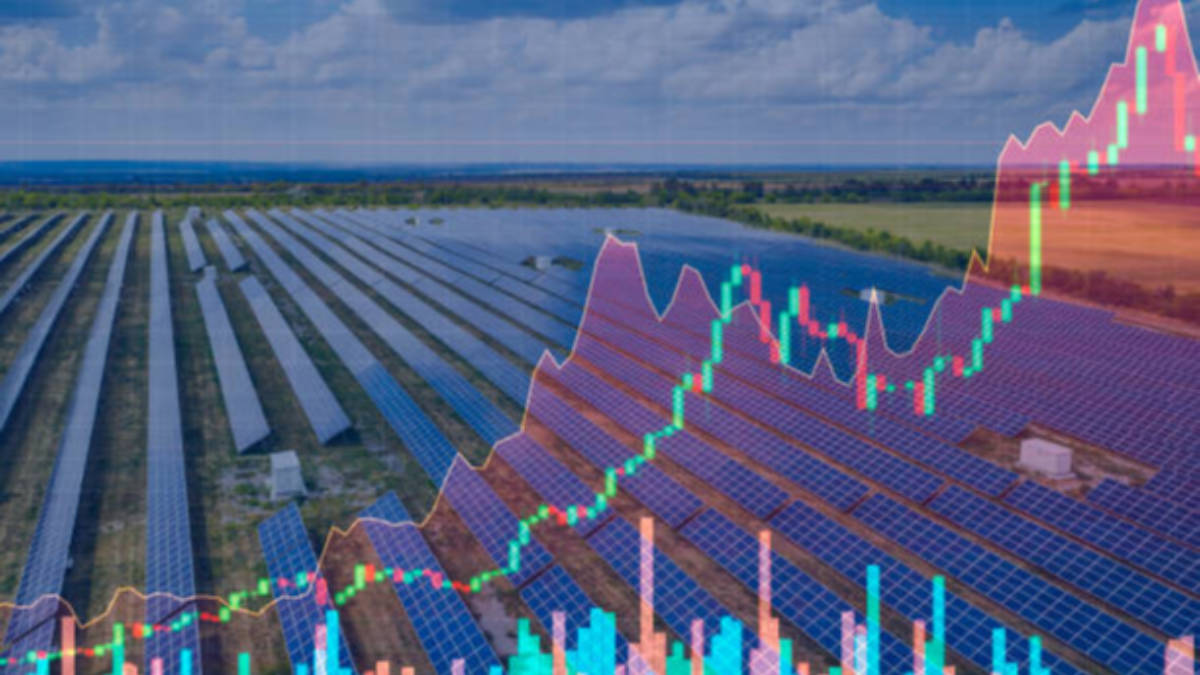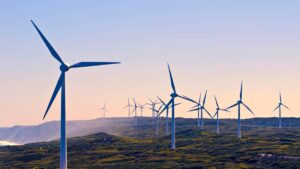Green Energy: Record sustainable energy investment sets stage for 2022, and here’s why the ACCUs price is dropping

Pic: Getty Images
Despite the COVID-19 pandemic, 2021 was a record-breaking year for the investment in the energy transition and the deployment of renewable power, battery storage, and sustainable transportation, according to the 2022 Sustainable Energy in America Factbook published by BloombergNEF (BNEF) and the Business Council for Sustainable Energy (BCSE).
While the world grapples with climate change and the disruption of energy markets, it is clear the momentum gained by the clean energy transition in 2021 – fuelled by strong consumer demand, unprecedented injection of new capital into companies, and a wave of supportive new policies – stands as a beacon of hope.
As revealed in the Factbook, the story of the US energy transition in 2021 is rooted in previously unseen levels of investment.
Global private investment soared to $755 billion in 2021 and the US set a record at $105 billion.
Meanwhile, the federal government made an unprecedented $80 billion pledge to support energy transition with the enactment of the Infrastructure Investment and Jobs Act, which looks to leverage significant private sector investment.
Another key driver was large energy consumers, namely large corporations, demanding more clean energy.
In 2021, companies signed contracts to procure a record 17 gigawatts of renewable capacity and a total of 351 companies have now pledged to procure 100% clean energy, with 65 new companies joining RE100 in 2021, Factbook explains.
Will we see the same in 2022?
These market signals have set the stage for continued increases in clean energy in 2022 and as the Russian invasion of Ukraine unfolds, one can’t help but wonder whether this will speed the shift to renewables even further.
Back in January Germany’s new climate and economy minister, Robert Habeck, launched new measures and programs to accelerate renewables growth, namely in the onshore wind space and electrification of transport and industry decarbonisation.
“Last year really was a year of firsts,” said Ethan Zindler, BloombergNEF’s head of Americas.
“We saw record volumes of new capital deployed to support the transition to a lower-carbon economy, a record number of electric vehicles sold, and record contributions to the power grid from zero-carbon renewable sources of power.
“Still, there are plenty of open questions about future demand that clearer signals from Washington could resolve.”
The rise of clean energy generation and the adoption of energy efficiency measures helped US household energy costs remain historically low in 2021, Factbook said, even when confronted with higher prices for many goods and energy-related products, namely gasoline, due to supply chain disruptions and inflation.
In fact, Americans felt the energy price squeeze much less acutely than others elsewhere in the world, further making the case for continued investment in energy efficiency technologies.
Availability of large pipeline of ACCUs supply to impact prices
Last week Aussie Energy and Emissions Reduction Minister, Angus Taylor, announced changes to the operation of the Emissions Reduction Fund (ERF), providing project developers with the option to exit their ‘fixed delivery’ carbon abatement contracts (CACs) with the Commonwealth.
The change will provide developers with the opportunity to access higher prices in the secondary market, currently trading at $46.75/t, by redirecting forward ACCU deliveries away from the Commonwealth to fulfil growing private sector demand – subject to the availability of higher priced bids.
Fixed delivery ACCUs – currently ‘locked away’ from the secondary market (to be delivered to the Commonwealth under the ERF) – are the largest source of supply in Australia, making up about 68% of all issuance in 2021-22.
As a result, should a proportion of this supply be made available to the market it has the potential to materially impact ACCU price development, eroding the demand support provided by investors and voluntary participants over the past 12-months.
Carbon market consultancy Reputex Energy says that while the new policy is being presented as a potential windfall for land-sector project developers, the driving force for change has been industry and government stakeholders.
“The Commonwealth is seeking to identify budget savings ahead of the federal election (May 2022), while addressing longstanding industry concern over the tight availability of ACCUs and the current high ACCU price environment,” the firm said.
But while supply will not immediately be released to the spot market, and instead become available over a forward timetable, the market signal will now clearly be for an oversupply to develop, reducing any short-term incentive for buyers to contract.
“If prices are low, the policies provide no incentive for project developers to invest (e.g. returns are lower, payback periods are longer, etc) so there will be no investment in emissions reductions,” Reputex Energy executive director Hugh Grossman told Stockhead.
At worst, he said this may see prices fall to a floor set by the ERF contract price (and buyer’s market damages) of around $24/t, subject to developing voluntary demand – and any new demand signal should there be a change of government in May.
ACCU spot price drops 18% since January
Early bids last Friday are developing in the high $20s/low $30s, with offers in the low $40s, down from a closing price of $46.75/t last Thursday.
Ironically, such a price outcome may undermine the incentive for project developers to invest in additional abatement required to meet Australia’s long-term net-zero targets, with a higher price required to incentivise supply from the next phase of technologies such as soil carbon, carbon capture and storage, all of which may now be at risk.
Already the ACCU spot price has fallen 18% since January, closing at $46.75/t last Thursday, and this new policy shift could see prices collapse even further, Grossman said, if the new volume of supply is not matched by new demand.
Prices have continued to slide in recent days due to investor concerns about the impact on global energy markets of Russia’s invasion of Ukraine, with prices down 7% on the week.
“The initial sell-off has continued to gather pace as more market participants react to the changing market dynamic, including concerns over the Russia-Ukraine conflict which has cascaded into a selloff across global carbon markets,” Grossman said.
“This includes the California cap and trade, and the EU ETS markets – where prices fell almost 16% on Tuesday to €69.74 (A$106), and a further 20% to €55.00 ($84) on Wednesday before rebounding to close at €68.49 ($104).
“While the local ACCU market has no market linkage or fundamental relationship with the EU ETS, the connected volatility reflects the increasing presence of global trading houses now active in the Australian market, suggesting that further volatility is likely as investor participation grows.”
Related Topics
UNLOCK INSIGHTS
Discover the untold stories of emerging ASX stocks.
Daily news and expert analysis, it's free to subscribe.
By proceeding, you confirm you understand that we handle personal information in accordance with our Privacy Policy.








